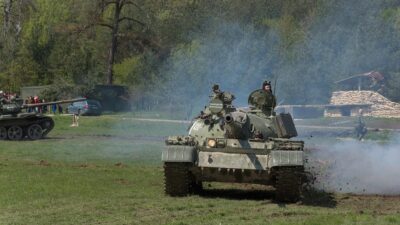Real-Time Strategy (RTS) games have stood the test of time, captivating gamers with their intricate blend of strategy, resource management, and rivalries. At the heart of every successful RTS title lies the delicate balance between resource allocation and competitive dynamics. This article delves into the art of RTS gameplay, exploring the critical components of balancing resources and rivalries.
Understanding the Core Mechanics
Resource Management
Resource management is pivotal in RTS games. Players are tasked with gathering, distributing, and utilizing resources like gold, wood, food, or energy to build their empires. Effective resource management shapes the player’s ability to construct buildings, train units, and develop technologies.
-
Types of Resources: Different games may feature diverse resources. For example, in "StarCraft," minerals and gas are essential, while in "Age of Empires," food, wood, and stone play crucial roles. Understanding the unique resources of a particular game is foundational for strategic planning.
-
Efficient Gathering: Building scouts or workers to gather resources quickly can provide a competitive edge. As players progress, optimizing the gathering process becomes essential to outpace opponents.
- Expansion: Players must continually expand their resource base. This often involves overcoming rival players, making strategic decisions on whether to defend existing territories or seize new ones.
Building and Production
Once resources are gathered, players must decide where to allocate them. The art of building involves understanding the strengths and weaknesses of different structures and units.
-
Unit Composition: A balanced army composition is crucial. Utilizing a mix of unit types (infantry, cavalry, ranged, etc.) can counteract specific enemy strategies. Players must adapt their composition based on the ongoing match and rival tactics.
- Tech Upgrades: Investing in technology can provide long-term advantages. Players must weigh the immediate benefits of building units against the delayed rewards of upgrading their technology.
Navigating Rivalries and Conflict
Reading Opponents
RTS games thrive on player interaction and rivalry. Understanding opponents’ strategies is essential for counterplays.
-
Observation: Monitoring an opponent’s resource gathering and unit production can provide insights into their strategy. This intelligence is vital for planning counterattacks or expanding one’s territory.
- Deception: Bluffing or misleading opponents can create openings to exploit. For instance, players might feign weakness to lure rivals into an ambush.
Strategic Warfare
Conflict is inevitable in RTS gameplay. Engaging in battles requires thorough planning and execution.
-
Engagement Timing: Knowing when to strike can determine victory or defeat. Players must assess their army strength, resource advantages, and opponents’ vulnerabilities before launching an attack.
- Micro and Macro Management: Effective RTS gameplay demands proficiency in both micro and macro management. Micro involves controlling individual units in battle, while macro requires overseeing the broader strategic landscape, including resource management and unit production.
The Balance: Resource Allocation vs. Conflict
Finding a balance between resource allocation and engaging in rivalries is key to mastering RTS gameplay.
-
Prioritization: Players must prioritize what to develop based on the current state of the game. Sometimes, expanding resources may take precedence, while at other times, launching a preemptive strike could be necessary.
-
Adaptability: The best players adapt their strategies based on the shifting dynamics of the game. If opponents are aggressively expanding, it may be wise to shift focus from offense to defense.
- Psychological Warfare: The mind games involved in RTS can be as crucial as the strategic decisions themselves. Players must maintain a psychological edge over opponents through calculated risks and strategic maneuvers.
Conclusion
Balancing resources and rivalries is the crux of Real-Time Strategy gameplay. Mastery of resource management and a deep understanding of opponent behavior can lead to victory in the complex and dynamic worlds of RTS games. The interplay between these elements creates a unique tapestry of strategy and competition, making RTS games a continually evolving genre valued by gamers worldwide.


